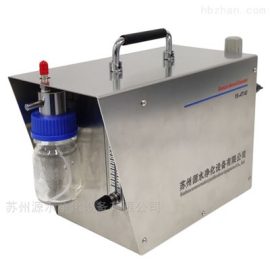The Ultimate Guide to Paper Roll Cutting Machines: Efficiency, Types, and Selection Tips
The Ultimate Guide to Paper Roll Cutting Machines
In today’s fast-paced industrial landscape, efficiency and precision are paramount for businesses handling paper products. Whether you’re in packaging, printing, or manufacturing, having the right equipment can make all the difference. This comprehensive guide explores everything you need to know about paper roll cutting machine technology, helping you optimize your operations and boost productivity.
Understanding Paper Roll Cutting Machines
Paper roll cutting machines are specialized equipment designed to slit large paper rolls into narrower widths or cut them into specific lengths. These machines are essential for converting jumbo paper rolls into market-ready products, ensuring consistent dimensions and minimal material waste. From simple manual cutters to fully automated systems, these machines cater to various production scales and requirements.
Key Components and Operation
Modern paper cutting systems typically feature precision blades, tension control mechanisms, and advanced control panels. The cutting process involves unwinding the parent roll, guiding it through sharp cutting blades, and rewinding the slit sections onto separate cores. Advanced models incorporate digital interfaces for programming cut dimensions and monitoring production metrics in real-time.
Types of Paper Roll Cutting Machines
Understanding the different types available will help you select the perfect machine for your specific needs and budget constraints.
Manual vs. Automatic Systems
Manual cutters require operator intervention for loading and adjusting materials, making them suitable for low-volume operations. Automatic systems, meanwhile, handle the entire process from loading to unloading with minimal human supervision, ideal for high-volume production environments requiring consistent output.
Razor Slitters vs. Shear Cutters
Razor slitters use sharp blades that press against the paper web, perfect for lightweight materials and simple applications. Shear cutters employ two overlapping blades that create a scissor-like action, delivering cleaner edges on heavier paper grades and reducing dust generation during operation.
Selection Criteria for Optimal Performance
Choosing the right paper roll cutting machine requires careful consideration of several factors to ensure it meets your production demands and quality standards.
Production Volume Assessment
Evaluate your daily, weekly, and monthly cutting requirements. High-volume operations benefit from automated systems with quick changeover features, while smaller businesses might find semi-automatic models more cost-effective. Consider future growth projections to avoid outgrowing your equipment too quickly.
Material Compatibility Check
Different paper grades – from tissue and kraft to coated and laminated stocks – require specific cutting mechanisms. Verify that your chosen machine can handle your particular paper weights, widths, and core sizes without compromising cut quality or machine longevity.
Maximizing Efficiency and ROI
Proper machine utilization and maintenance are crucial for achieving the best return on your investment while maintaining consistent product quality.
Preventive Maintenance Protocols
Regular blade sharpening, lubrication, and system calibration prevent unexpected downtime and maintain cutting precision. Establish a maintenance schedule based on usage intensity and manufacturer recommendations to extend equipment lifespan and preserve warranty coverage.
Operator Training Requirements
Well-trained operators can significantly impact machine performance and safety. Implement comprehensive training programs covering machine operation, troubleshooting common issues, and safety procedures to minimize errors and maximize productivity.
Frequently Asked Questions
What safety features


